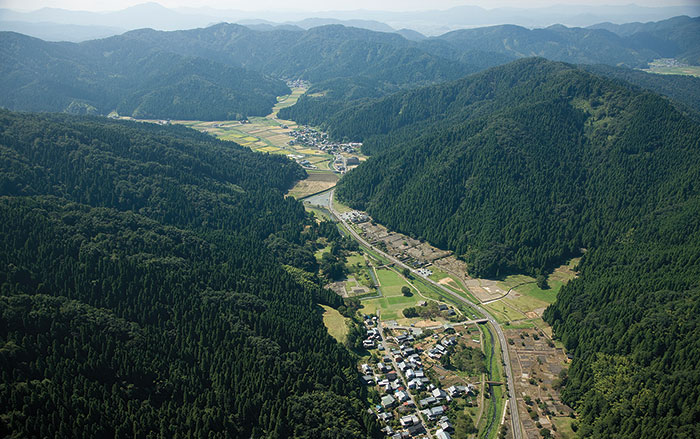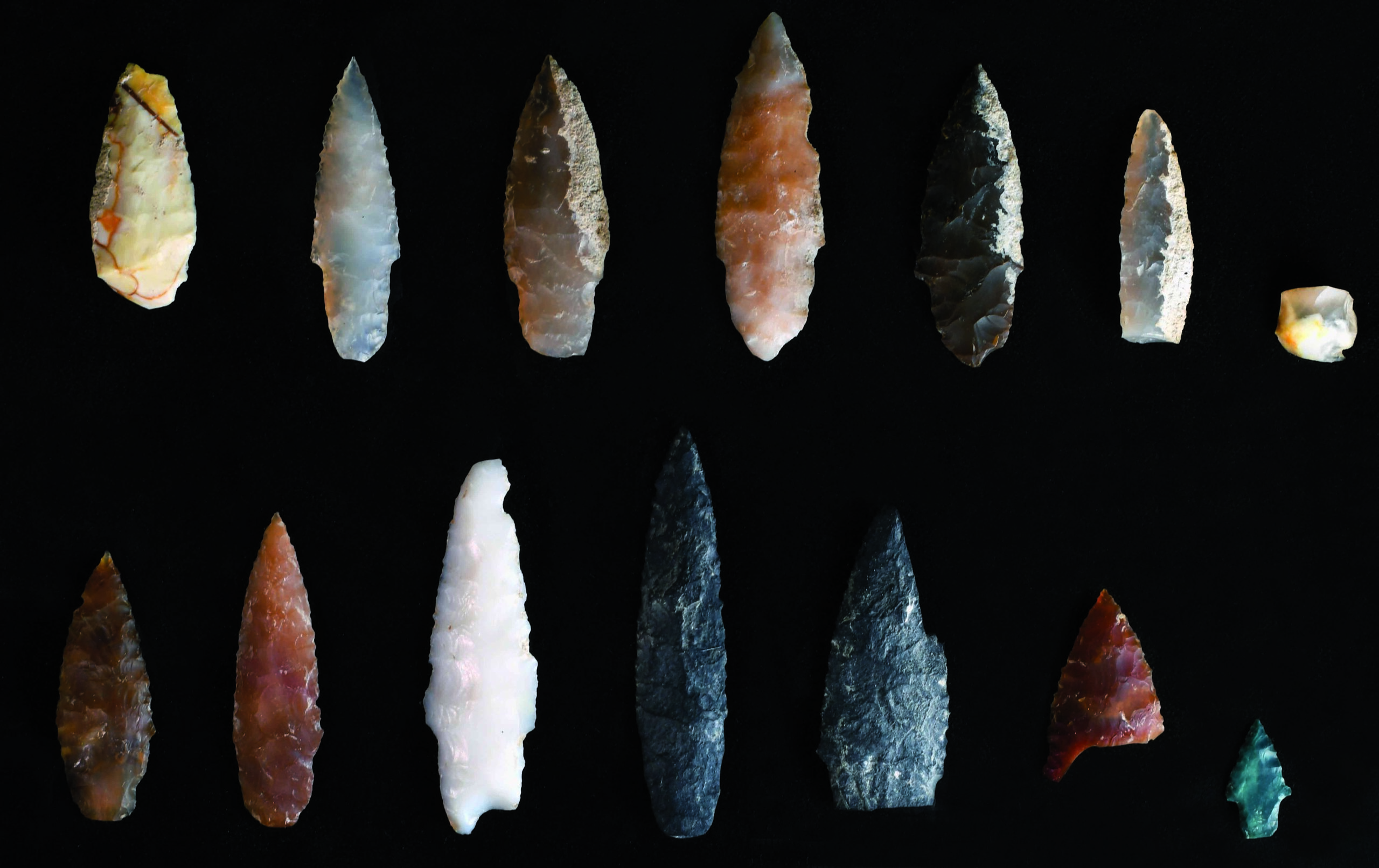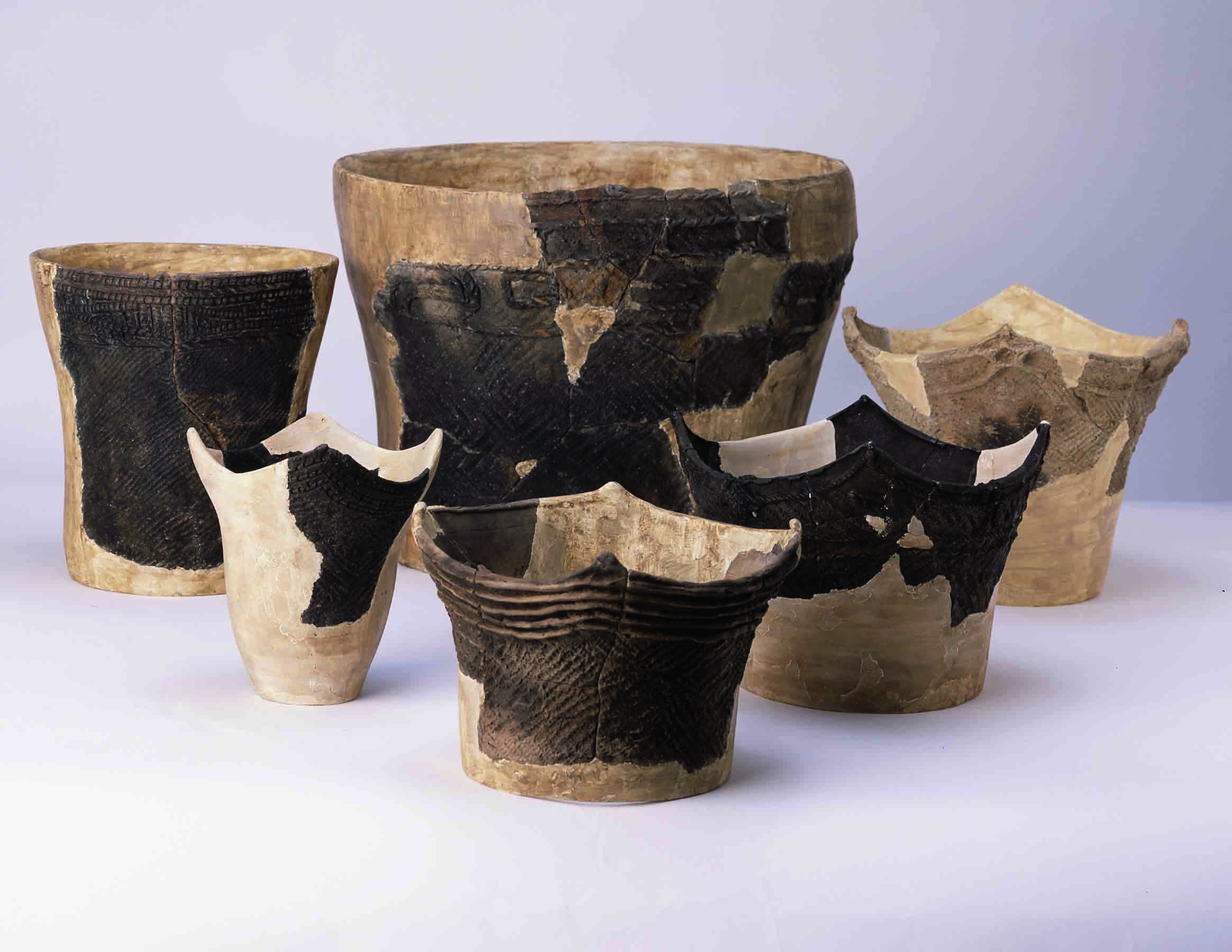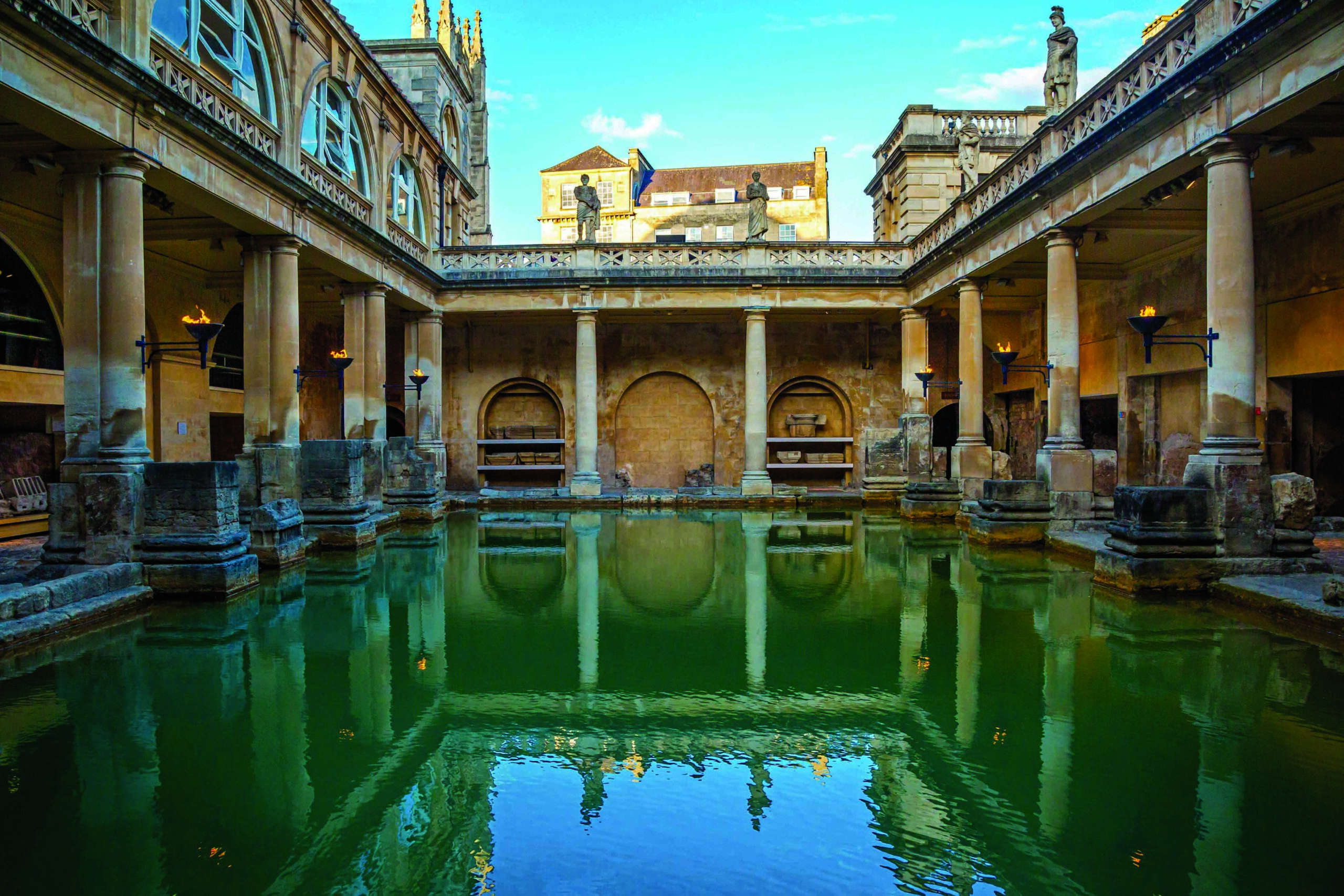KYOTO, JAPAN—The Mainichi reports that researchers from the Kyoto City Archaeological Research Unit found possible traces of the home of the empress and her attendants in Heian-kyo, the capital established by Emperor Kanmu on Japan’s main island of Honshu in A.D. 794, at the beginning of the Heian period, which ended in 1185. The traces include five postholes measuring from four feet to five feet in diameter placed from seven to ten feet apart, running from north to south. According to historic descriptions of the palace complied during the Edo period (1603–1867), these posts were part of the southwest section of the Tokaden pavilion, which measured nearly 99 feet long in total. The pavilion was one of 17 that made up the emperor’s private residence. The posts were not placed on foundation stones, a construction technique from China eventually adopted by Kanmu, which suggests this building dates to the capital’s earliest days, the researchers explained. To read about a large colonnaded building that was discovered at the Heijo palace in Nara, go to "Around the World: Japan."
Possible Traces of 8th-Century Imperial Pavilion Found in Japan
News November 10, 2021
Recommended Articles
Features September/October 2025
Myth of the Golden Dragon
Eclectic artifacts from tombs in northeastern China tell the story of a little-known dynasty

Features May/June 2025
Lost City of the Samurai
Archaeologists rediscover Ichijodani, a formidable stronghold that flourished amid medieval Japan’s brutal power struggles

Digs & Discoveries March/April 2023
Weapons of Choice

Digs & Discoveries January/February 2022
Japan's Genetic History

-
Features September/October 2021
Secret Rites of Samothrace
Reimagining the experience of initiation into an ancient Greek mystery cult
 (© American Excavations Samothrace)
(© American Excavations Samothrace) -
Features September/October 2021
Searching for the Fisher Kings
In the waters of southern Florida, the creative Calusa people forged a mighty empire
 (Merald Clark)
(Merald Clark) -
Letter From Scotland September/October 2021
Land of the Picts
New excavations reveal the truth behind the legend of these fearsome northern warriors
 (Courtesy The Northern Picts Project)
(Courtesy The Northern Picts Project) -
Artifacts September/October 2021
Late Medieval Ring
 (© Amgueddfa Cymru – National Museum Wales)
(© Amgueddfa Cymru – National Museum Wales)


